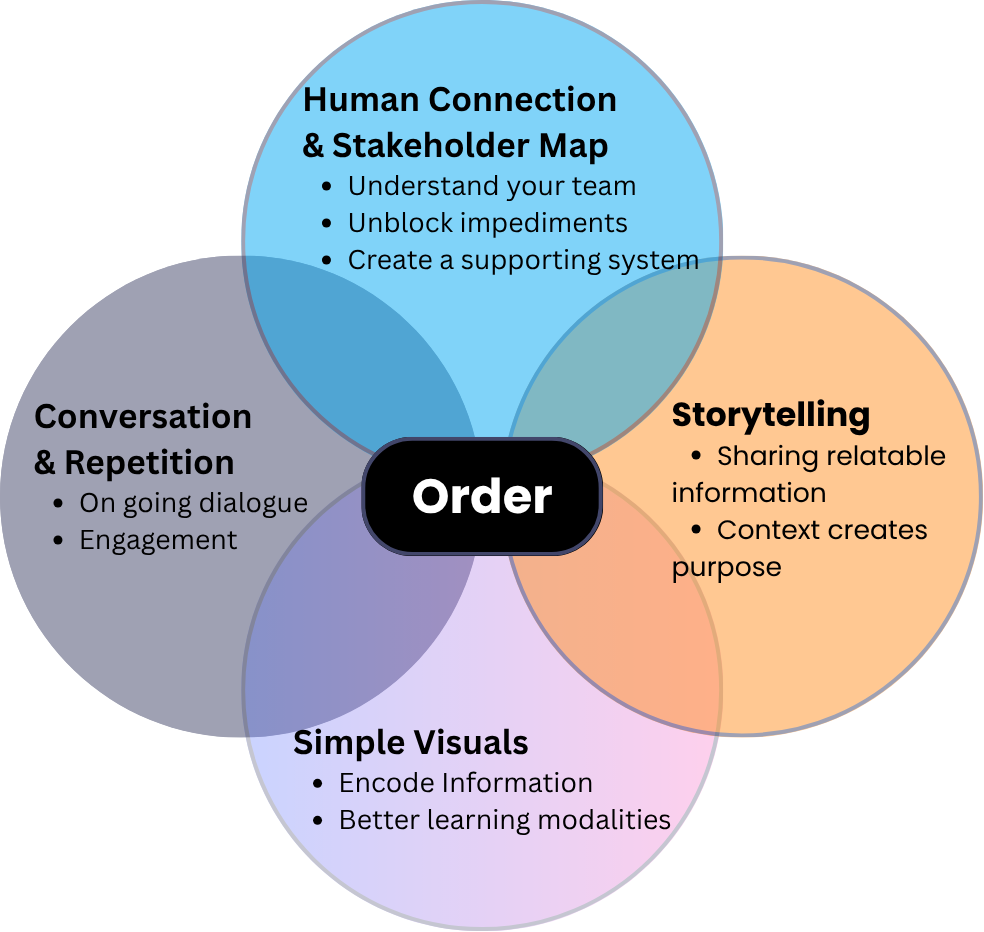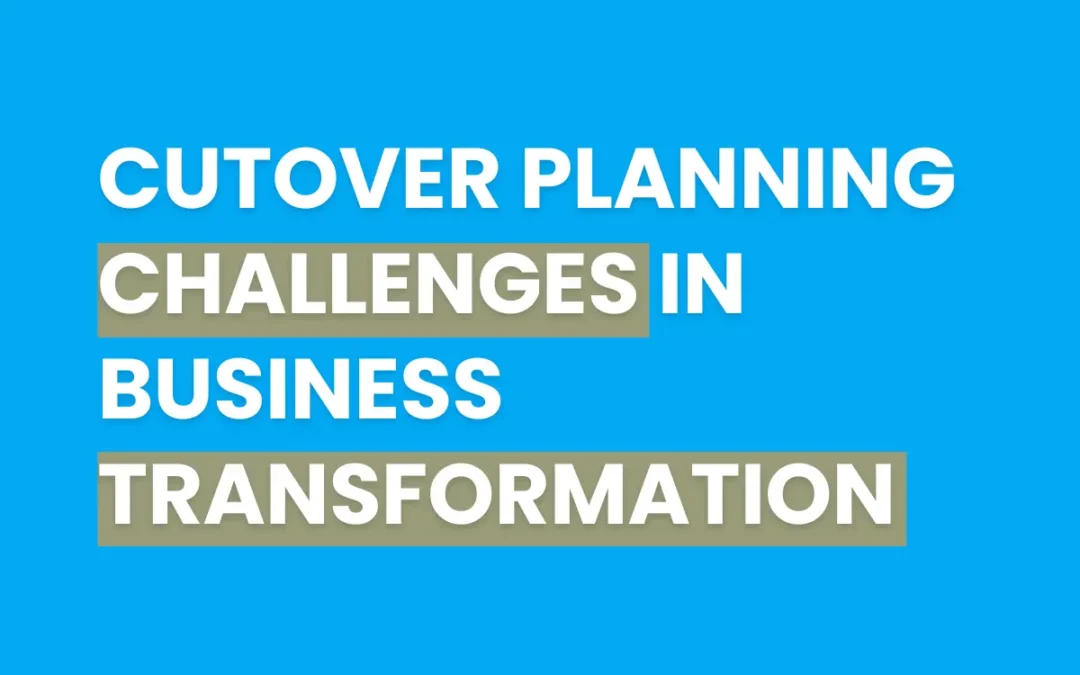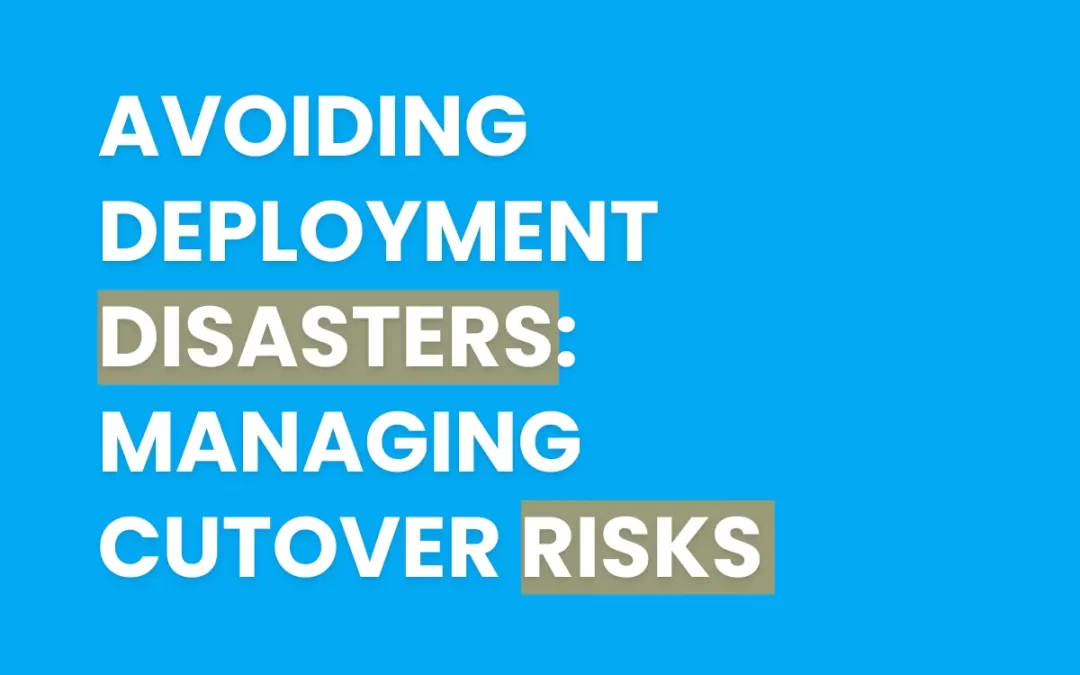Mastering Plan Changes During The Cutover Phase: Guide & Best Practices

The cutover phase is a critical juncture that demands meticulous planning and adaptability.
Cutover plan changes, in particular, are an inevitable part of this process. Whether you’re a seasoned project manager or new to the field, understanding how to navigate cutover replanning effectively can significantly impact your project’s success.
This guide will delve into the intricacies of cutover replanning, offering insights and best practices to ensure a smooth transition to the live environment.
What is Cutover?
Cutover is the final phase of a project, particularly in IT deployments, where the new system or application is transitioned into the live production environment. It’s a meticulous process that requires detailed planning and execution to ensure minimal disruption and maximum efficiency.
Why is Understanding and Mastering Plan Changes Crucial?
Changes during the cutover phase happen daily because the initial cutover plan is often based on assumptions and high-level details. As the project progresses, new tasks, dependencies, and challenges emerge, necessitating adjustments to the original plan.
Effective replanning ensures that these changes are incorporated seamlessly, reducing the risk of delays or failures during the go-live phase.
Managing Cutover Plan Changes Components
Adaptability:
- Initial Assumptions vs. Reality: The first draft of the cutover plan is typically based on assumptions. As you delve deeper into the details, new tasks and dependencies emerge, impacting the cutover approach and potentially delaying the go-live. Being adaptable is key to managing these changes effectively.
- Continuous Reflection: Regularly review the cutover plan and ask yourself if all angles have been considered and if all teams are aligned with the new plan. Reflect on what you’ve learned and how you can prevent similar issues in the future.
Communication:
- 360-Degree Communication: Utilise all available communication channels (calls, emails, individual chats, group chats) to ensure that all key stakeholders are aware of the cutover approach, changes in the plan, and their impacts.
- Transparent Updates: During cutover calls, discuss changes or new inputs that need to be considered for the plan. Update the cutover plan in real time, sharing your screen to ensure everyone is on the same page. Send minutes of the meeting with key points, screenshots of the updated plan, and links to relevant documents.
Involving Stakeholders:
- Inclusive Planning: Involve other teams and senior leadership in the replanning process to consider any side effects of the new plan. When people feel included and heard, they are more likely to support the new direction.
- Collective Awareness: Keeping everyone aware of the cutover roadmap helps avoid last-minute surprises and ensures that all teams are engaged and willing to accept the transition.
Risk Management:
- Identifying Potential Pitfalls: Common challenges include missing stakeholders, overlooking tasks or dependencies, and inadequate communication. Proactively address these risks by continuously questioning assumptions and involving all relevant parties.
- Mitigation Strategies: Develop contingency plans for potential issues and ensure that all team members are aware of their roles and responsibilities in case of unexpected obstacles.
Best Practices:
- Repetition and Clarity: Repeat important information multiple times to ensure understanding. Use clear and concise language to avoid ambiguity.
- Written Acknowledgements: Obtain written acknowledgements from all stakeholders that they understand the changes and their impacts on the go-live.
- Comprehensive Documentation: Document all steps of the process, including successes and failures. This will help in addressing issues quickly and efficiently.
- Mock Exercises: Conduct mock cutover exercises to familiarize the team with the new plan and uncover any unforeseen challenges.



